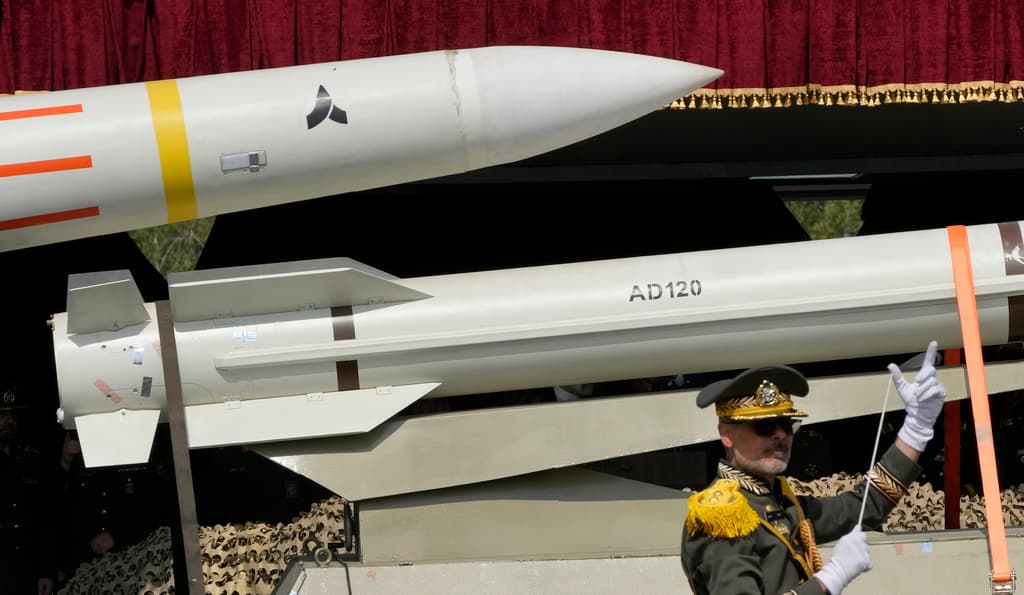Iran Lofts Satellite Into Space in Program Criticized by West Over Missile Fears
The rocket carrying the satellite bears a Koranic verse: ‘That which is left by Allah is better for you, if you are believers.’

TEHRAN, Iran — Iran launched a satellite into space Saturday with a rocket built by the country’s paramilitary Revolutionary Guard, state-run press reported, the latest for a program the West fears helps Tehran advance its ballistic missile program.
Iran described the launch as a success, which would be the second such launch to put a satellite into orbit with the rocket. There was no immediate independent confirmation of the launch’s success.
A login link has been sent to
Enter your email to read this article.
Get 2 free articles when you subscribe.
